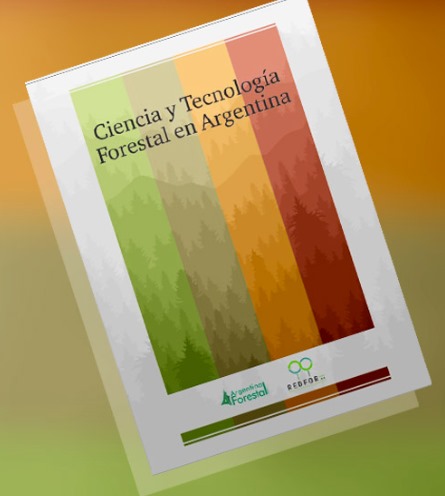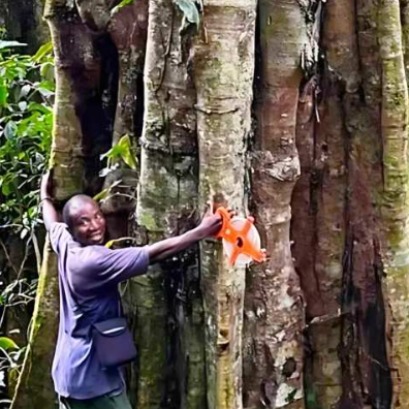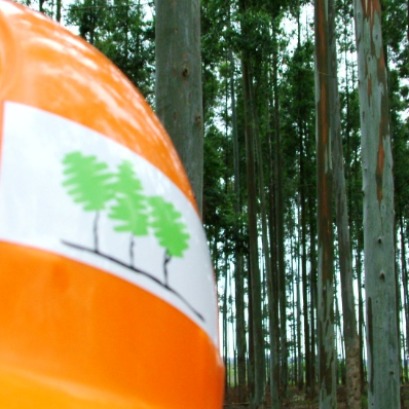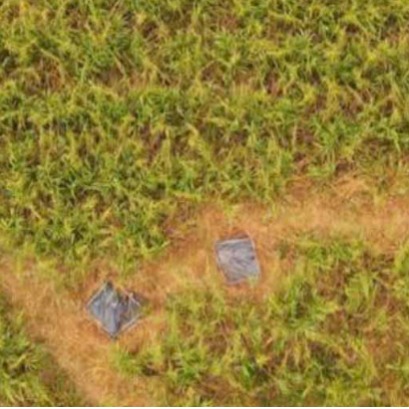
Launch of the book “Forest science and technology in Argentina”
This is a compilation of research notes and opinions from Argentine scientists, with international collaborations, on forestry sciences. The Argentine Network of Forest Science and Technology (REDFOR), which is part of the Institutional Networks Oriented to Problem Solving (RIOSP) of the National Council of Scientific and Technical Research (CONICET), which depends on the Scientific and Technological Development Management of the Council, presents the book “Forest science and technology in Argentina”. It is the second book of the Network, in conjunction with the magazine Argentina Forestal, which compiles two years of publications on the research activities of different groups in the country and the world and different approaches to thinking about forest science and technology.
As Cristina Area, CONICET researcher at the Misiones Materials Institute (National University of Misiones – CONICET), one of the authors and editors of the book, explains, part of the objectives of REDFOR.ar is to generate the necessary mechanisms to address and disseminate in society the social, cultural role and environmental and economic importance of forests. For this reason, the Permanent Communication Commission was created, through which the strategic alliance with Argentina Forestal emerged. “This alliance has made it possible to disseminate the work of researchers and extensionists on issues related to the Internet in this important medium,” said the scientist. “However, the possibility of compiling the articles in a book provides a different permanence, allowing us to reach a broader and more extended audience over time,” added Area.
For her part, Ana María Lupi, forestry engineer at the National Institute of Agricultural Technology (INTA) and one of the editors of the book, said: “It is a new achievement of REDFOR.ar in alliance with Argentina Forestal.” And she continues: “This demonstrates that networking, bringing together groups of different themes and geographical spaces, results in greater learning and synergy in the dissemination of knowledge.” Lupi valued the contribution of research groups from abroad, especially highlighting the teams from Colombia.
The issue covers topics such as innovation, forestry, environment, technology, industry and various opinion pieces on forestry sciences. The material, which contains 21 opinion pieces and 16 technical articles, was produced by members of the public sector and the country's academic and scientific system. Thus, the book has 275 pages that can be addressed by different audiences.
REDFOR.ar is a joint initiative of institutions linked to forestry sciences. It is made up of teachers, researchers and different institutions related to education, science and forestry technology. The objective of the Network is to coordinate the actions of generation and transfer of scientific-technical knowledge related to the sector.

IT MAY INTEREST YOU
 Botanists discover giant trees up to 3,��� years old in Tanzania, unknown until now by science
Botanists discover giant trees up to 3,��� years old in Tanzania, unknown until now by science
Scientists have identified a new species of giant tree, Tessmannia princeps, in the Udzungwa Mountains. This species had never before been recorded by science.
 Between Rivers | Everything ready for the traditional INTA Concordia and AIANER Forestry Days
Between Rivers | Everything ready for the traditional INTA Concordia and AIANER Forestry Days
The traditional Entre Ríos Forest Days, which this year celebrate their 39th edition, will take place on November 7 from 8 a.m. to 6 p.m. at the INTA Concordia facilities, located at Yuquerí Station and Railway tracks.
 Vida Silvestre and ArgenINTA promote a national consultancy for the restoration of forest landscapes in Argentina
Vida Silvestre and ArgenINTA promote a national consultancy for the restoration of forest landscapes in Argentina
The Argentine Wildlife Foundation and the ArgenINTA Foundation signed a technical cooperation agreement to begin a consultancy aimed at the Restoration of Forest Landscapes (FPR) in the seven forest regions of the country. The work seeks to generate technical and scientific inputs that guide the design of provincial and national restoration programs, in support of the implementation of Law No. 26,331 on Native Forests.





















